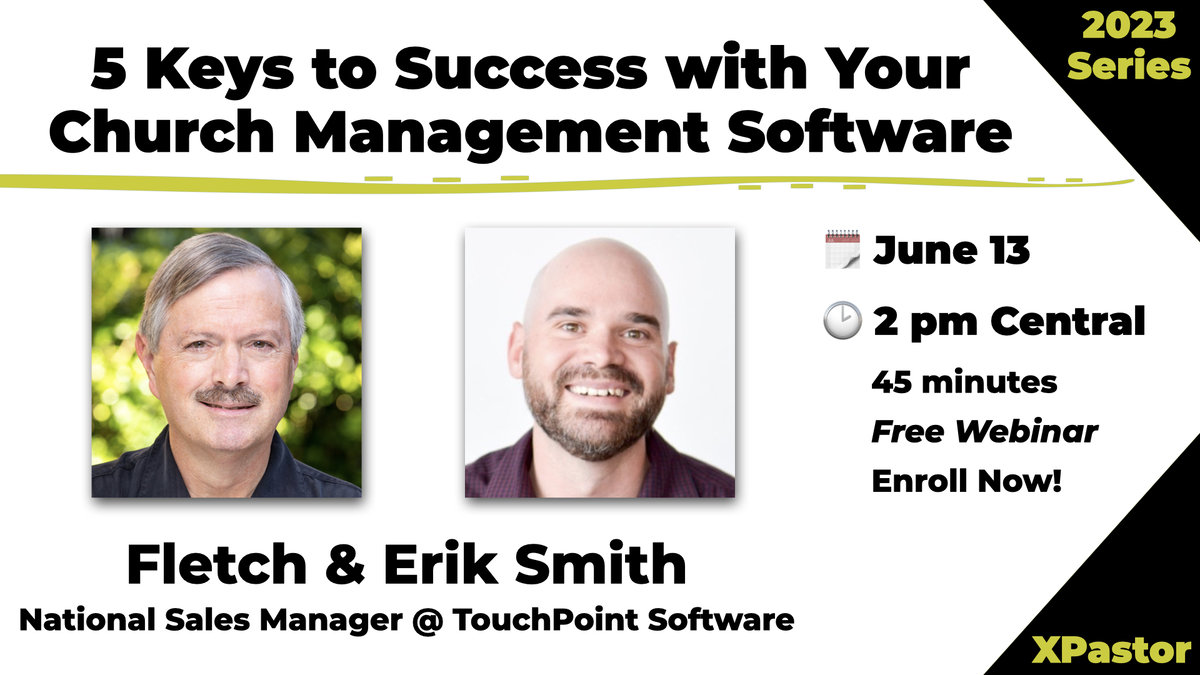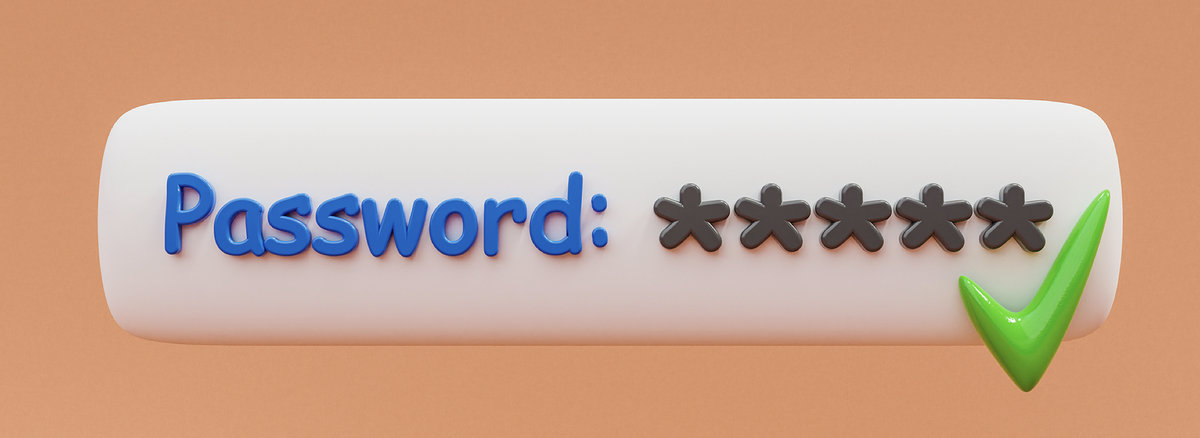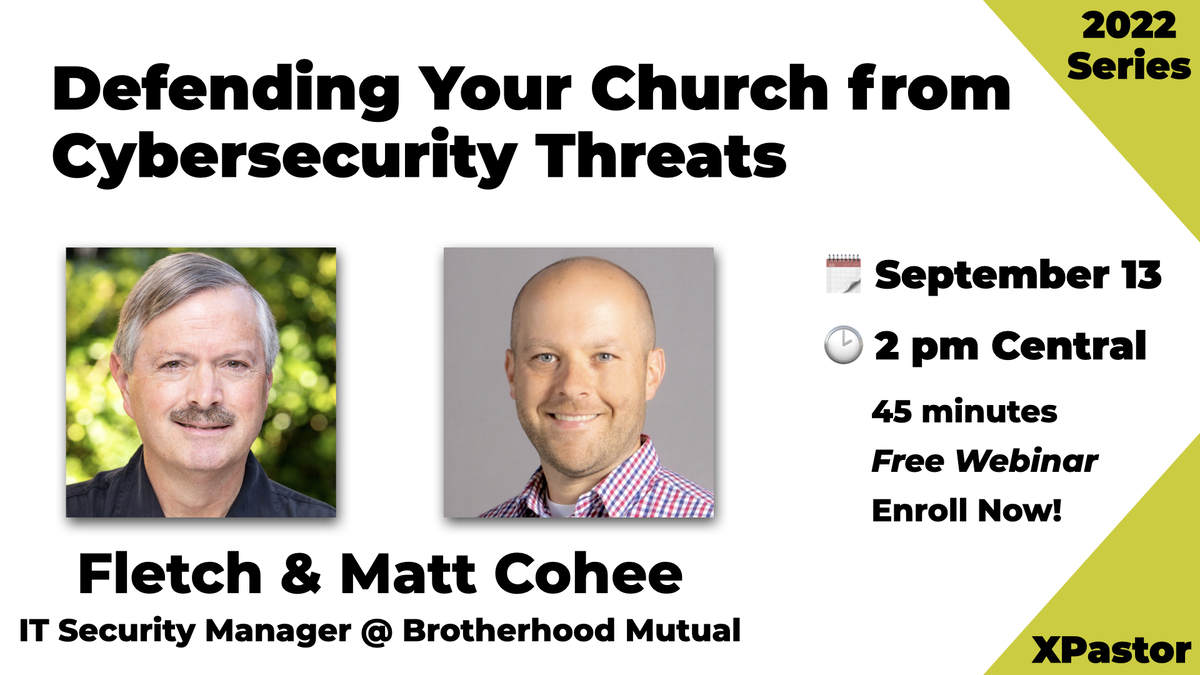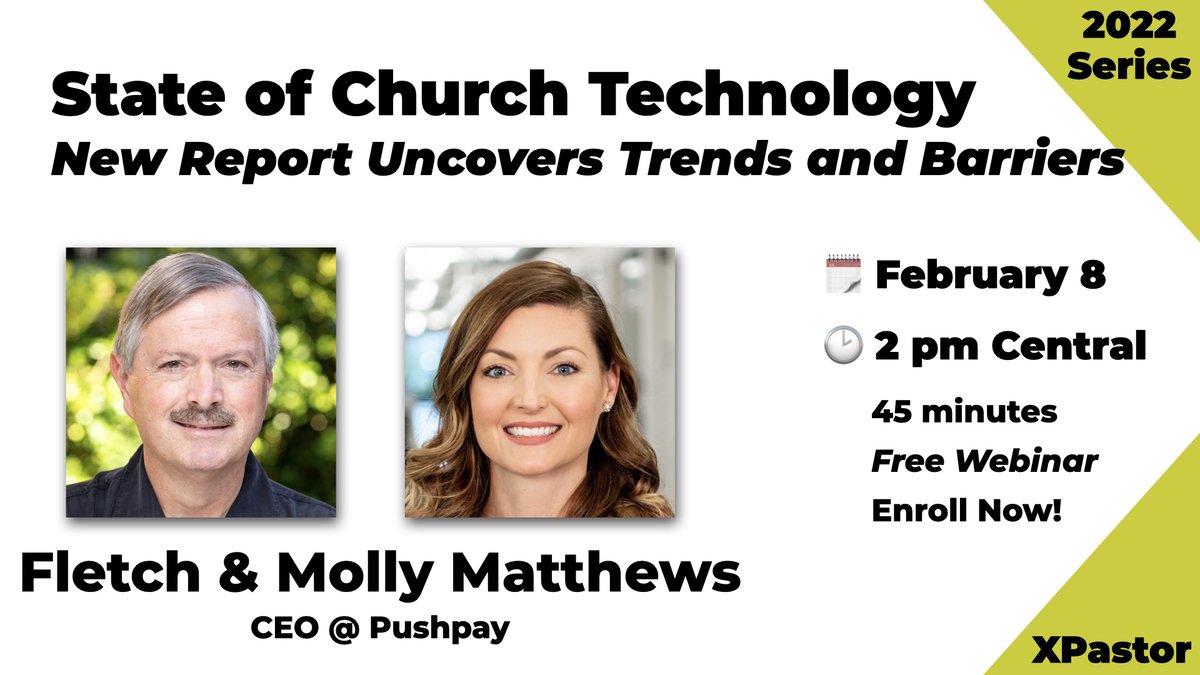In light of the Coronavirus pandemic, XPastor is sharing an article that highlights one vendor of online streaming. There are many vendors and ways to accomplish a video worship service. Enjoy this as a way to stimulate your thinking. You can engage your community through church live streaming virtual events in light of coronavirus.
Faced with the spread of coronavirus (COVID-19), churches around the world are finding ways to continue ministry in unique ways. Many have utilized live or virtual event (sim-live) streaming in order to continue to hold services and events virtually while not being able to meet physically.
We know that many of you are in a rush to get started with online church live streaming, and we are here to make the process simple and quick. We’ve created a simple step-by-step guide to help you get going with live or virtual event/simulated live streaming.
What Makes Living As One Different
With all other streaming options, whenever there is packet loss on your internet connection, your viewers will face a buffering wheel. After the second buffering interruption, 70% of your online viewers will have left your stream. Living As One has developed the only solution which corrects for this issue by resending and correcting data on a 2-minute delay. This enables reliable streaming even on bad internet connections, and reduces streaming complaints by over 85% on average. This results in a much more stable online viewing experience that increases viewer retention and your online audience size over time.
Get Started Quickly With Reliable Online Church Live Streaming
Step 1 – Plan your Video Gear
The first step when planning a video setup for online streaming starts with cameras, switchers, and other infrastructure to record the service and switch between sources. Read on for our recommendations of how to plan your video infrastructure, or purchase one of our all-in-one streaming kits provided by Portable Church® Industries. If you already have these pieces, skip to Step #2.
Cameras–Many cameras these days work great for online streaming, but camcorders usually work better than DSLR/mirrorless cameras, which usually have a time restriction on how long they can record for. Some things to look for when comparing cameras: Some camera recommendations: Canon Vixia HF G21 (Good), C anon XF405 (best)
Switcher–A camera switcher should be used if you’d like to mix between multiple cameras or video sources going to a stream, including graphics or videos (full screen or overlayed). Make sure that the outputs of your cameras (SDI or HDMI) will match the inputs of your switcher, or purchase an HDMI to SDI converter. Some switcher recommendations: Blackmagic ATEM Mini (Good), Blackmagic ATEM TV Studio (best)
Audio–For live stream audio, it’s best to use a feed mixed specifically for broadcast, or at least from the house audio output of a mixer. Audio can either be run to a camera (usually with XLR inputs), into a switcher, or directly into a live stream encoder (often using an SDI audio embedder, which embeds the audio on the SDI signal, or an HDMI to SDI converter with embedder).
Step 2 – Purchase an Encoder
An encoder sends video data from a video system (such as cameras, video switchers, etc.) to online platforms such as Facebook, YouTube, and your website.
Living As One has three encoders to choose from, all of which provide perfect streaming by checking and resending the data, even on inconsistent connections.
RAY | Low cost, portable encoder designed for web streaming – single HD-SDI input up to 1080p – $1299
PRISM Single-Channel | Enterprise-grade encoder for multisite and web streaming – single HD-SDI or HDMI input up to 4k, single PSU – $2999
PRISM Dual-Channel | Enterprise-grade encoder for multisite and web streaming with dual video transmission- two HD-SDI or HDMI inputs up to 1080p each, primary and redundant PSU – $3999
Living As One Service Plans—Living As One’s monthly Web Platform service plan enables resilient streaming to your website, Facebook, YouTube, and other destinations (such as mobile apps, tv apps, etc.). The plans also include tools like automated scheduling and weekend phone/email support. Some plan options include:
- Social Only: Stream to Facebook and YouTube simultaneously from LA1’s cloud | $99/mo
- Embed Only: Stream to website, Church Online Platform, etc. (1TB/mo bandwidth): $199/mo
- Pro Web + Social: Stream to website (1TB/mo bandwidth, 3 bitrates cloud transcoding), social, apps, etc.: $249/mo
- Enterprise: Stream to website (2 TB/mo bandwidth, 5 bitrates cloud transcoding), social, apps, etc.: $399/mo
Step 3 – Install Your System and Get Set Up
Many churches think that an inconsistent or slow internet connection will prohibit their ability to stream reliably. Under normal circumstances this is true, but because of the way that the Living As One Platform transmits data and corrects for errors, high-quality streaming is possible even on a bad connection. Streaming in 720p resolution is possible on as low as around 5Mbps, or 1080p on 10Mbps. No internet connection at all? You can even use a portable wired internet connection such as 4g hotspots with an ethernet connection.
Living As One provides simple checklists for initial gear installation, followed by an onboarding call with a dedicated support team representative to complete setup and provide training.
After setup, streaming is managed through the simple Living As One Control page. Recurring events can be set up along with Facebook and YouTube simulcasting from the cloud (in full 1080p with stereo audio!). Scheduled events with start and stop automatically, so you can set once and forget.
Step 4 – Choose Your Streaming Destination(s)
For online church live streaming, most churches will prioritize engaging with their audience on their website. Life.Church’s Church Online Platform is a great way to set up an online campus virtual community, and it is easy and free! You can also display a Living As One player directly anywhere on your website using an embed code.
Social destinations such as Facebook and YouTube are great for church live stream marketing in order to reach attendees that would not normally come to your website, but often distract viewers from your content with other videos or content. Viewers will typically engage with church live stream content around 2-5 minutes on Facebook, 15-20 minutes on YouTube, and up to about 40-55 minutes on a church website. In order to have best engagement with an online community, your website is usually the best primary streaming destination.
Virtual Events Through Simulated Live
Using Living As One, streaming to your website, Facebook, and YouTube can be scheduled to occur in realtime or streamed as virtual events through “sim-live” broadcasts of previously-recorded content. This is a great way to stream content that was recorded at another time and enable an audience to view and interact with it concurrently. Due to COVID-19, many churches have utilized this method to stream a scheduled service to an online community that was recorded and produced earlier in the week. Simulated-live events can also be a great way to continue to engage an online campus throughout the week.
The Free Way
We understand some churches have to do this for free. We would strongly recommend to not, as this has a direct correlation on your audience experience. With the free way, any drop in internet will show up on the other end, and 70% of people are gone by the second buffering wheel. Churches regularly come to us after having poor experiences with buffering and video quality. In most churches minds, a couple hundred dollars a month is worth not skimping on the experience of everyone online. That said, we understand some of the church not having buy-in or understanding that yet, even after the deepest explanation. So, here’s how to do it as cheap as possible: Use a decent computer that has good internal parts with a good SSD, GPU, and as reliable as possible. Then, purchase a capture card, and download a program called “Open Broadcaster Software.” There are many good tutorials on how to set this up. You will still need camera(s) and an audio embedder if your camera does not do so. In addition, you will also need someone to run it on a sunday to start streams, because it’s not possible to automate the workflow. You can then stream from OBS to YouTube or Facebook, which provide free video supported by ads and other videos.
Wherever you are in your journey, we are happy to help! Please reach out to us at Living As One and we have solution consultants that would love to be a guide.











